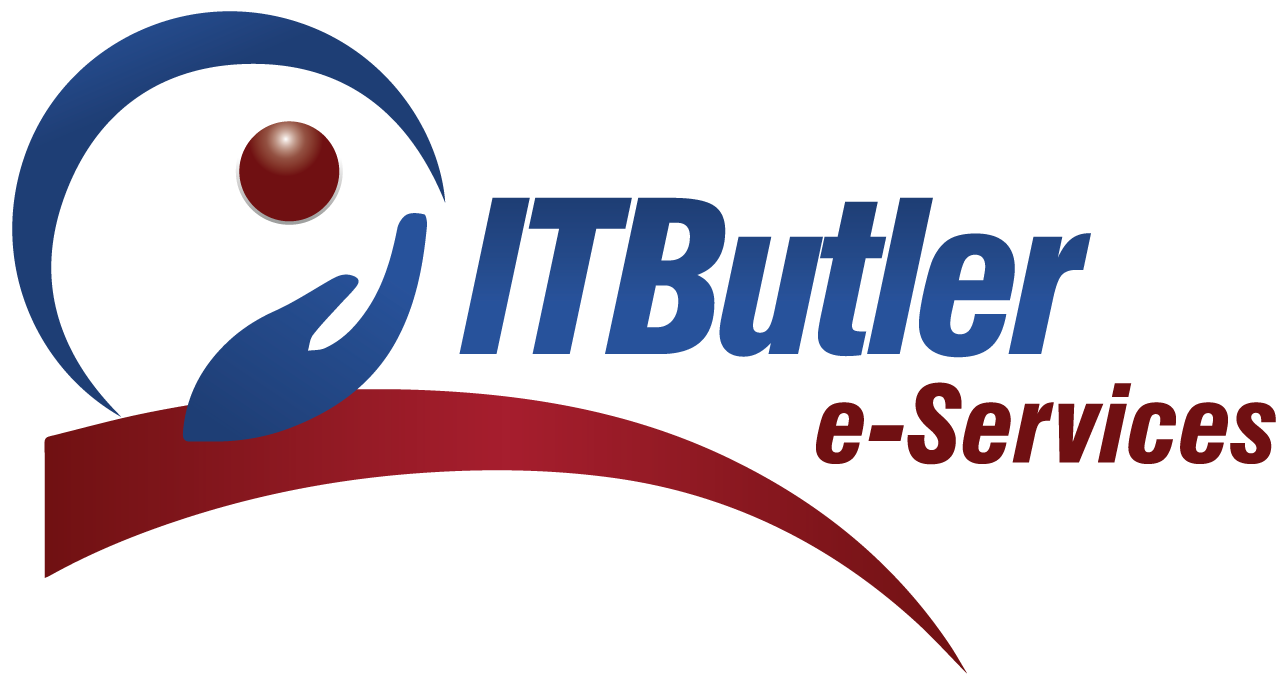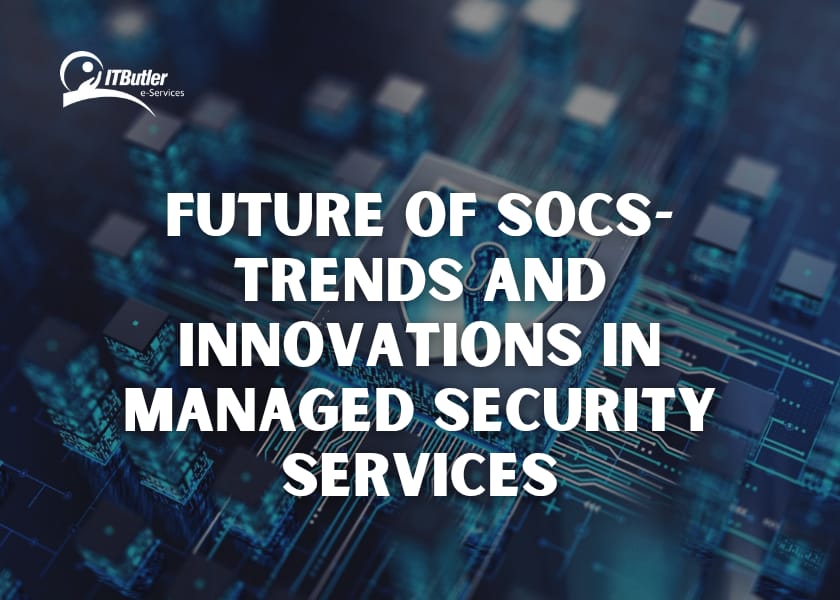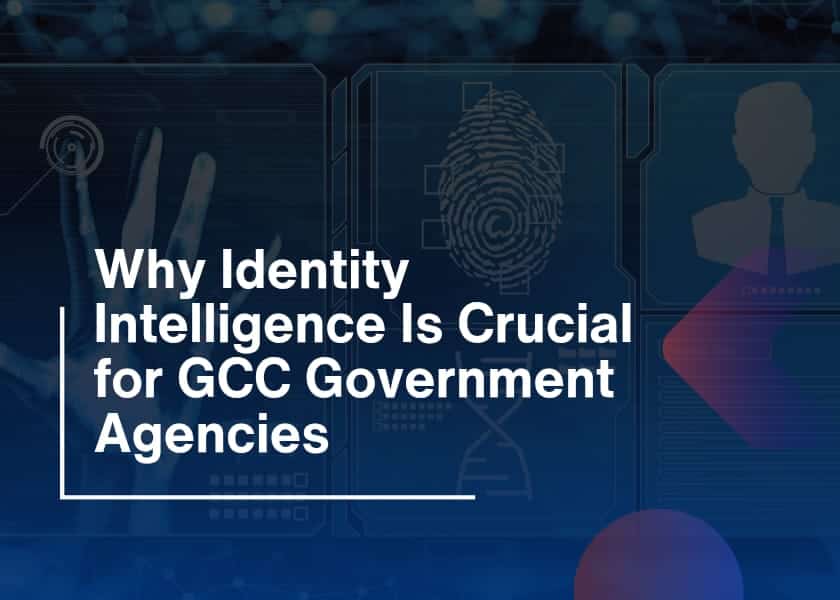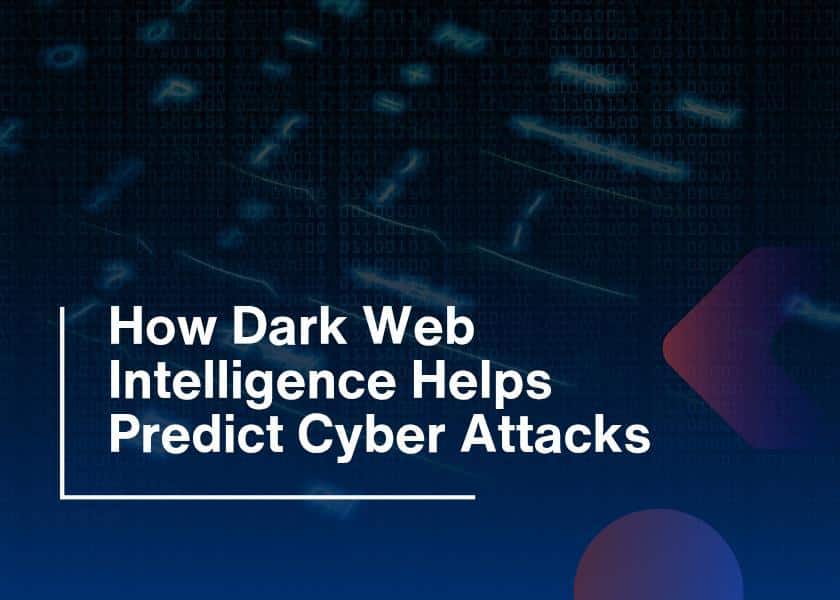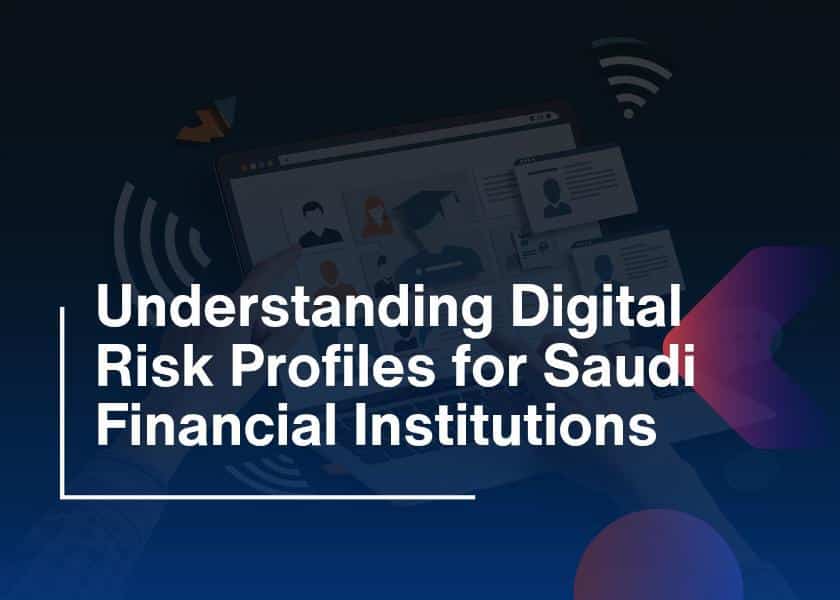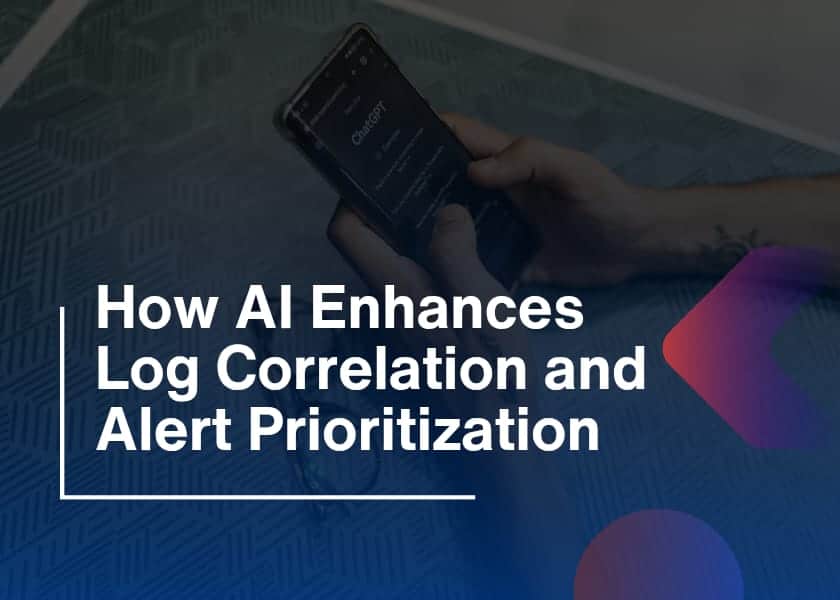Cyber threats are getting smarter, faster, and more unpredictable. Is your Security Operations Center (SOC) keeping up? However, your organization continues to use protection techniques that are both out-of-date and reactive. Therefore, SOC needs to transform itself in harmony with how hackers develop their strategies. Companies today must abandon traditional security protocols since they fail to identify advanced threats. Managed SOC innovations enable businesses to transition their approach to digital asset defense. Moreover, intelligent defense approaches have filled the future of SOC through AI threat detection systems and virtual Security Operation Centers. So let’s investigate the MSSP trends that will redefine modern security operations centers of the future.
Trends and Future of SOC
1. Rise of AI and Automation of SOC
AI systems currently display the capability to either take over analyst positions or simplify their tasks.
So the implementation of new technology will improve work efficiency even though human analysts will maintain their roles. Moreover, artificial intelligence (AI) and automation are playing a huge role in the future of SOC thus reducing the automation workload.
- Modern SOC systems process large quantities of security events within just seconds. Therefore, the detection process for cyberattacks no longer requires extended hours of wait time.
- The analysis capabilities of artificial intelligence enable organizations to identify essential threats through rational determination. Thus directing security teams to concentrate on active dangers instead of wasting resources on baseless alerts.
- Furthermore, AI-enabled tools recognize suspicious behavior and anomalies through automatic threat-hunting procedures rather than requiring human monitoring.
Managed SOC innovations deliver superior security protection that reduces human-related mistakes. So the extensive time that SOC personnel dedicate toward resolving genuine security threats becomes possible through this system.
2. Cloud-Based SOCs
Cloud-based SOCs have become the dominant threat to traditional security operations centers even though such systems maintain a limited presence. Why? Because they are:
- The system operates at scale to secure increasing numbers of devices. Just expand your cloud service.
- The solution requires no costly hardware expenses as well as avoids the need for big data center operations.
- The deployment process takes weeks not months.
- Moreover, ideal for businesses with remote teams and global operations.
Organizations have started to shift away from traditional SOC models because cloud-based security solutions have gained popularity within the MSSP industry. Moreover, cloud-based security operations centers appeal to current businesses because they offer adaptable systems that provide high operational efficiency with financial benefits.
3. Zero Trust Security Model
The threat exists anywhere including the inner sections of your network infrastructure. Therefore, zero Trust Security employs a principle that states no entity or person receives automatic safe status.
- No automatic access for employees
- No open networks
- No “safe” devices
However, today’s security operation centers operate under a rigorous system that requires verification of everything before trusting. The verification process for sensitive data access must run as a continuous operation for every device and application alongside its users.
- Multi-Factor Authentication (MFA): Just a password? Not enough.
- Micro-Segmentation: Users can only access what they truly need.
- Continuous Monitoring: Even trusted users are watched closely for unusual activity.
The future of SOC requires Zero Trust to become a mandatory requirement rather than an optional feature.

4. Extended Detection and Response (XDR)
You can interpret XDR as an extensively used cyber security phrase that appears often.
However, XDR stands as one of the largest managed SOC innovations that transform security practices.
Traditional SOCs specialize in distinct zones such as network security and endpoint defense. With XDR security programs implement different defense mechanisms to deliver complete security protection.
What is XDR?
- Network protection
- Endpoint security
- Cloud protection
- Email security
- Identity and access management
Businesses no longer have to work with multiple security tools. So they can now have a single unified security system that detects and responds to threats on all platforms.
5. Threat Intelligence Sharing
In the old days, organizations kept their security information like treasures. However, with cybercriminals becoming more professional, businesses nowadays understand that in sharing intelligence, everyone becomes safe.
- Threat Intelligence Platforms: Organizations share data with each other in terms of emerging threats, attack patterns, and vulnerabilities.
- Industry Collaboration: Cybersecurity leaders, MSSPs, and SOC teams share the insights of an attack to always be ahead of hackers.
- AI-Powered Threat Intelligence: Moreover, AI helps analyze global threat trends and predict potential attacks before they happen.
So through collaborating rather than competing, businesses strengthen their defenses against sophisticated cyber threats.
6. Compliance Automation
Tired of Dealing with Complex Security Regulations? Then you are not alone. Businesses must follow strict cybersecurity laws like GDPR, HIPAA, PCI-DSS, and more. The problem? Compliance is a never-ending challenge—especially for growing companies.
That’s where compliance automation comes in.
- Automated Audits: SOC tools now automatically track security compliance.
- Real-Time Reports: Moreover, compliance reports are delivered in real time instead of relying on manual assessments.
- Faster Risk Assessments: AI-driven compliance tools point out weak spots before regulators do.
So by including compliance automation in modern security operations centers, businesses save time and money and avoid penalties.
Role of MSSPs in the Future of SOC
Will MSSPs Replace In-House SOC Teams? No, but certainly, Managed Security Service Providers, or MSSPs, are finding a bigger space in cybersecurity:
- 24/7 SOC monitoring is always on even when internal teams are off duty.
- Advanced security tools and being up-to-date with the best cybersecurity technology around.
- Cost savings as there is no need to build an expensive in-house security team.
- In-depth analysis of complex security issues by experienced experts.
Thus, with increased cyberattacks, the majority of the business focuses on MSSPs over in-house SOCs since they offer stronger security at a lower price.
Conclusion
The future SOC will be smart, fast, and automated. Moreover, businesses that continue playing it safe with static, reactive security practices will become failures.
But, what is the winning SOC strategy?
- Give in to AI and automation for faster threat detection.
- Shifting towards cloud-based SOCs because of greater flexibility and scalability.
- Implement Zero Trust Security to prevent insider threats.
- Leverage XDR and intelligence sharing for stronger defense.
- Automate compliance to reduce security risks.
- Partner with MSSPs for expert security support.
Cyber threats will never stop evolving, but neither will SOCs. Therefore, the future belongs to businesses that adapt, innovate, and stay one step ahead of the attackers. Is your SOC ready?
